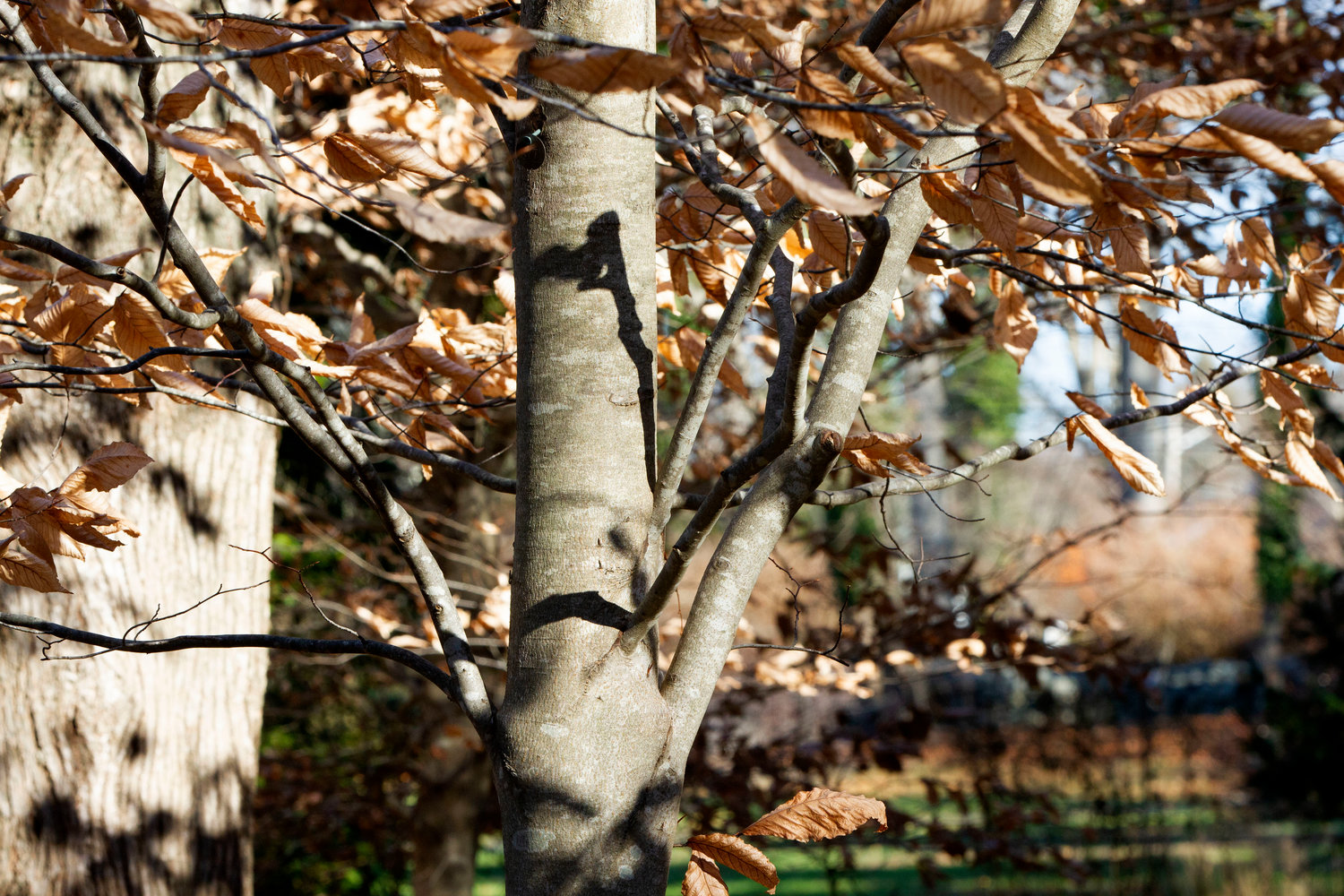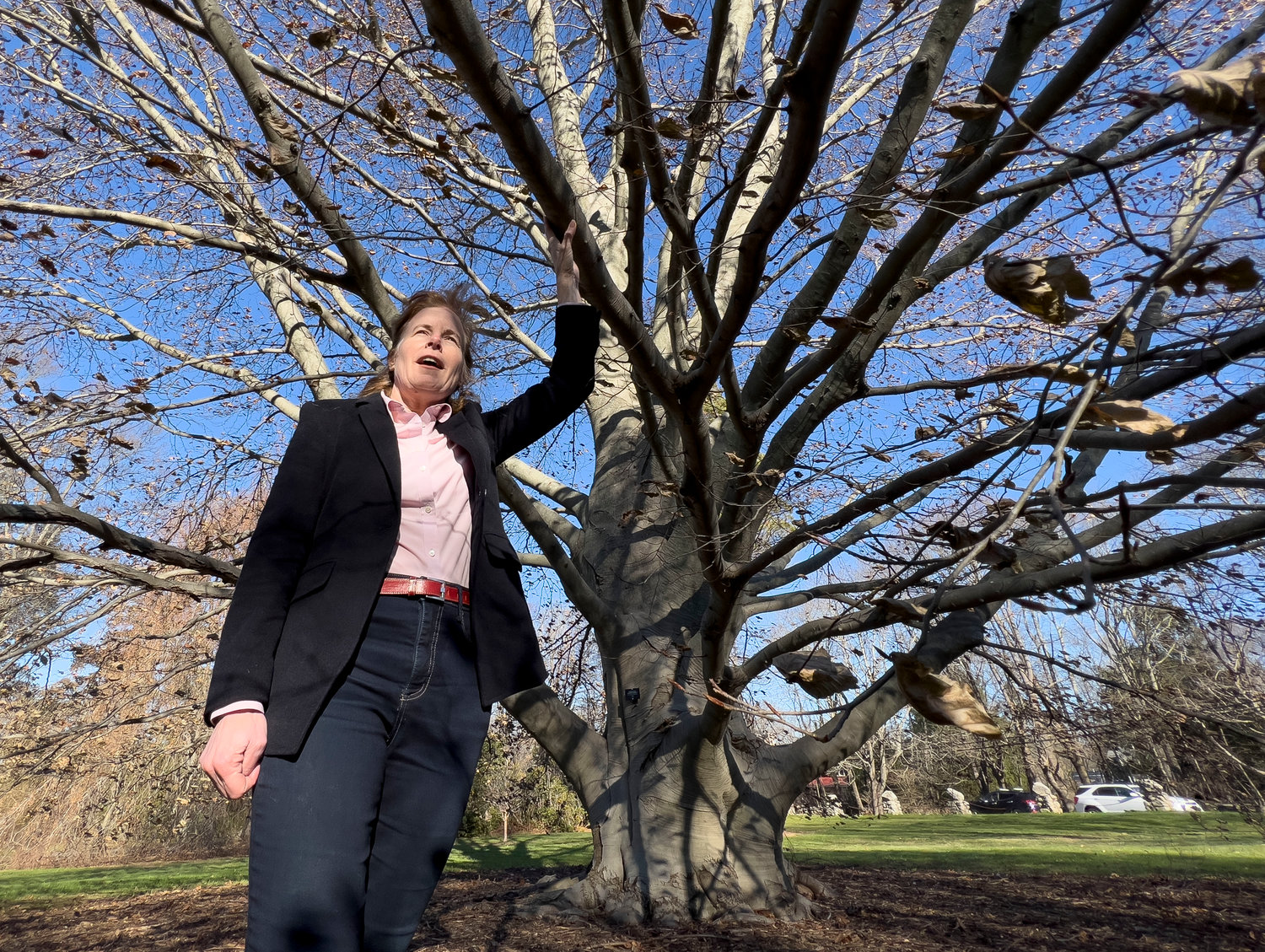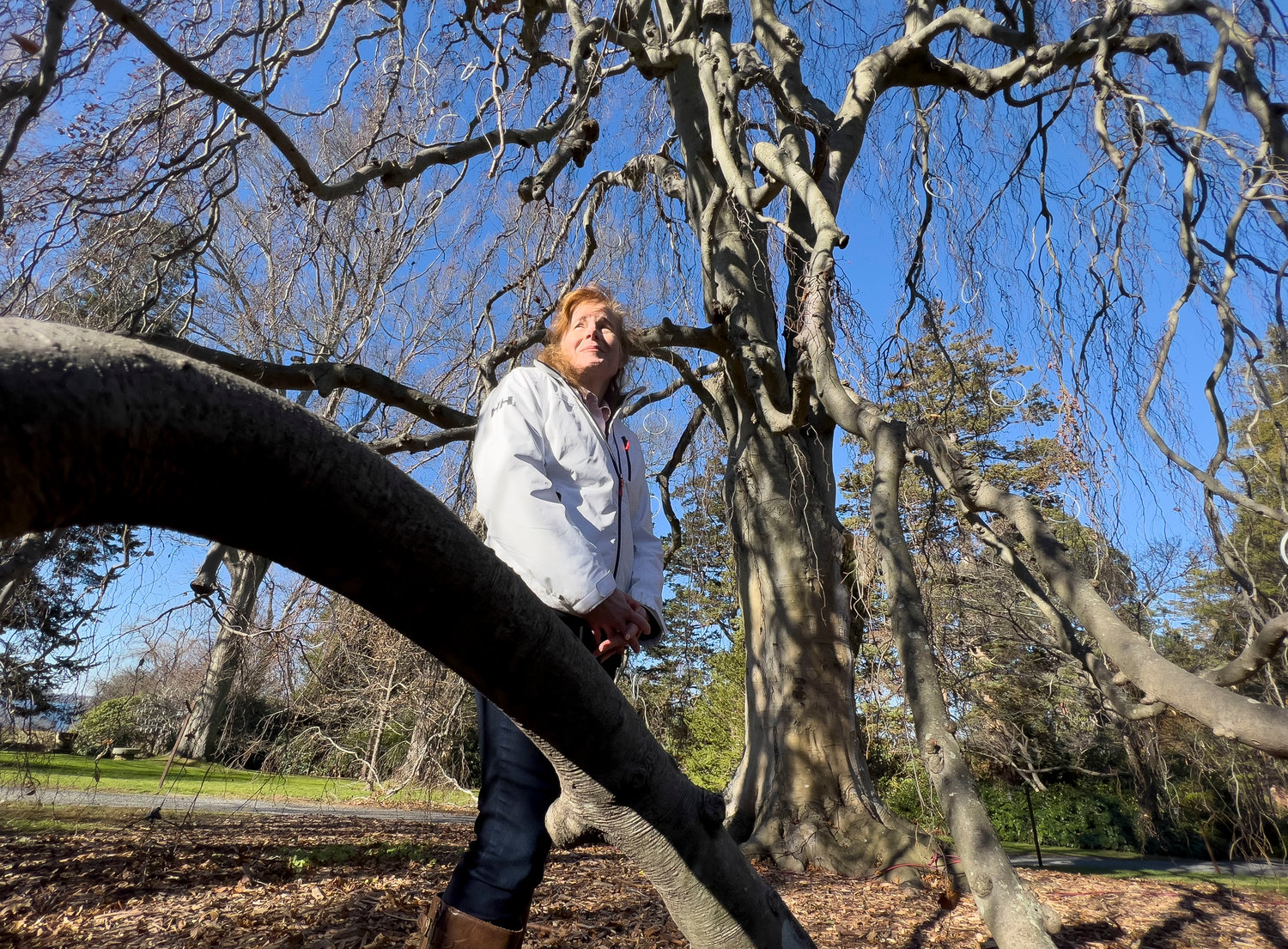Bristol's beech trees in jeopardy as fatal disease appears in town
Beech Leaf Disease (BLD) was first identified in Ohio a decade ago; two years ago it made its way to the other side of Rhode Island, near the Connecticut border. Now, it’s here. Trees at Blithewold have already been infected.
This item is available in full to subscribers.
Please log in to continue |
Register to post eventsIf you'd like to post an event to our calendar, you can create a free account by clicking here. Note that free accounts do not have access to our subscriber-only content. |
Day pass subscribers
Are you a day pass subscriber who needs to log in? Click here to continue.
Bristol's beech trees in jeopardy as fatal disease appears in town
Beech Leaf Disease (BLD) was first identified in Ohio a decade ago; two years ago it made its way to the other side of Rhode Island, near the Connecticut border. Now, it’s here.
It’s caused by a nematode, which is a type of roundworm. Beyond that, scientists really know little about how it is spread or how to best control it. It primarily affects American Beech, but has been found in European and Oriental varieties as well. It causes thick stripes to appear on the leaves of infected trees, which are visible when backlit. When the disease is more advanced, leaves curl and crinkle. It is also fatal, with mortality occurring within 2 to 10 years (mature trees last longer than saplings with BLD) in 90 percent of cases.
BLD found at Blithewold
Scientists from the University of Rhode Island have been monitoring area Beech trees for BLD, and it was recently discovered in three younger European Beeches located in Blithewold’s bosquet, which is the section of the arboretum that blooms with daffodils every spring.
Karen Binder, Blithewold’s Executive Director, is relieved that the stately, old-growth Beeches on the front lawn of the mansion are not showing any evidence of BLD. “This Copper Beech was planted by Bessie (Van Wickle, who bought Blithewold in 1894) so she could see it from the windows at the front of the house,” said Binder. “We want to protect it at all costs.”
Protection has traditionally meant spraying with potassium phosphite products, which have been somewhat effective against other Beech diseases. But Chris Fletcher of Bartlett Tree Experts has some real concerns about phosphite’s efficacy in the case of BLD.
“Newport is probably the Beech capitol of the country, and this disease hit Newport in a big way this spring,” he said. “We’ve been treating Beeches with phosphites for 15 years, and still, they got it.” He likens phosphites to taking vitamin C — some research suggests it may help resist stressors, but it’s not a cure-all.
Fletcher is responsible for the care of as many as 1,000 Beeches in the Newport area, and he is hopeful that a research facility in North Carolina has found a product that might actually be effective at stopping the nematode that causes BLD. In the controlled environment of their facility, Broadform, a fungicide produced by Bayer, is showing a 60-90% kill rate of the nematode. “We still don’t know what effect it will have, but it’s promising,” said Fletcher.
They should have more answers in a few short months — the nematode crawls into the leaf buds by October and does its damage over the winter. The damage only reveals itself when the leaves bud in spring. If Broadform is effective, Fletcher should be seeing some real results soon.
Beech stewards, be aware
Blithewold’s trees are well taken care off, both by the arboretum’s professional staff and because URI and DEM scientists have been monitoring them for the disease for years. But the average homeowner is unlikely to have a horticulturalist on staff. “We wanted to bring attention to this situation because if it's already in Rhode Island, and we already have it, more and more homeowners are going to have it,” said Binder.
Beeches can live between 200 and 300 years — if this nematode can be stopped. But it’s going to require vigilance on the part of all who care for these grand trees.











